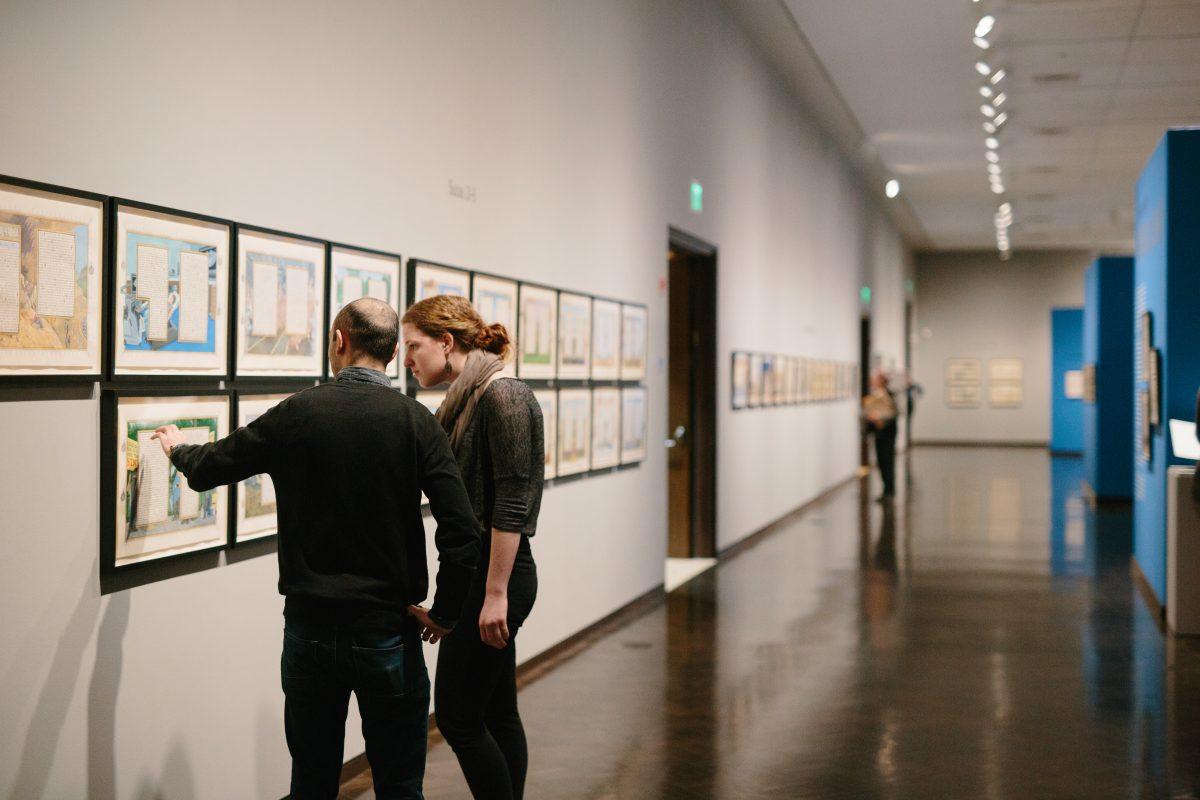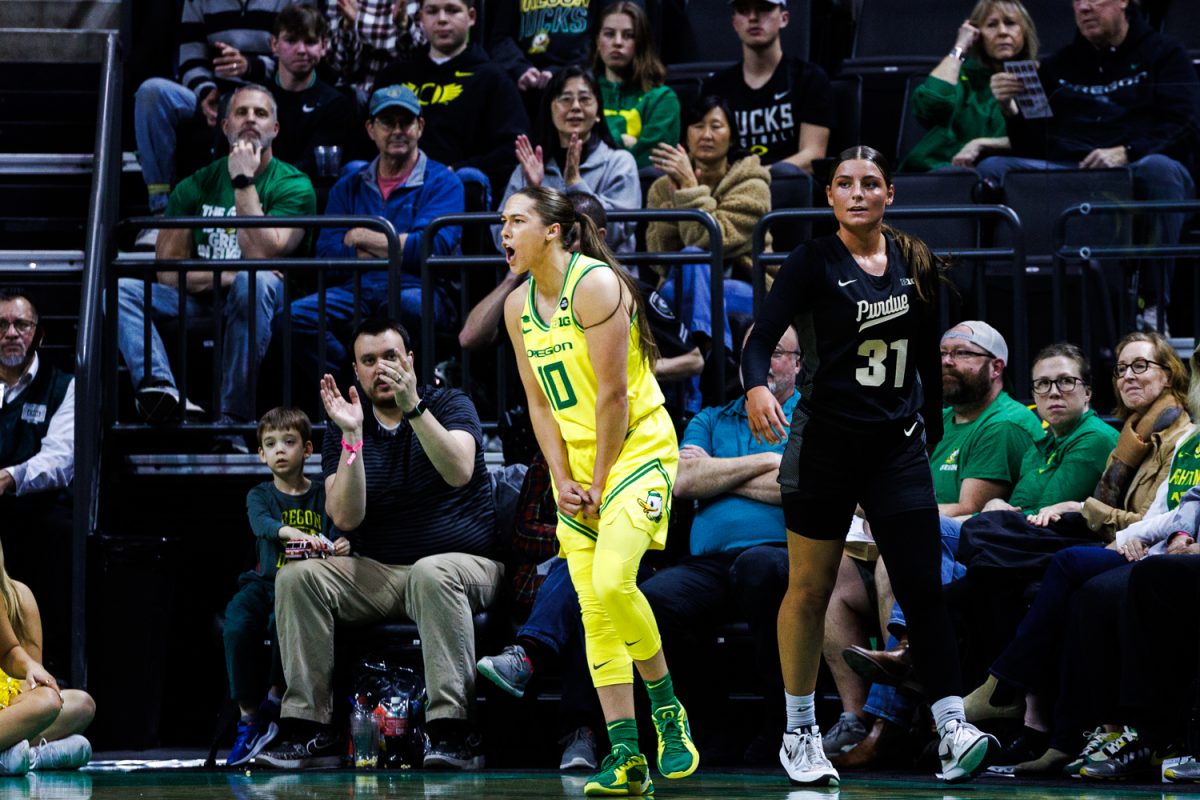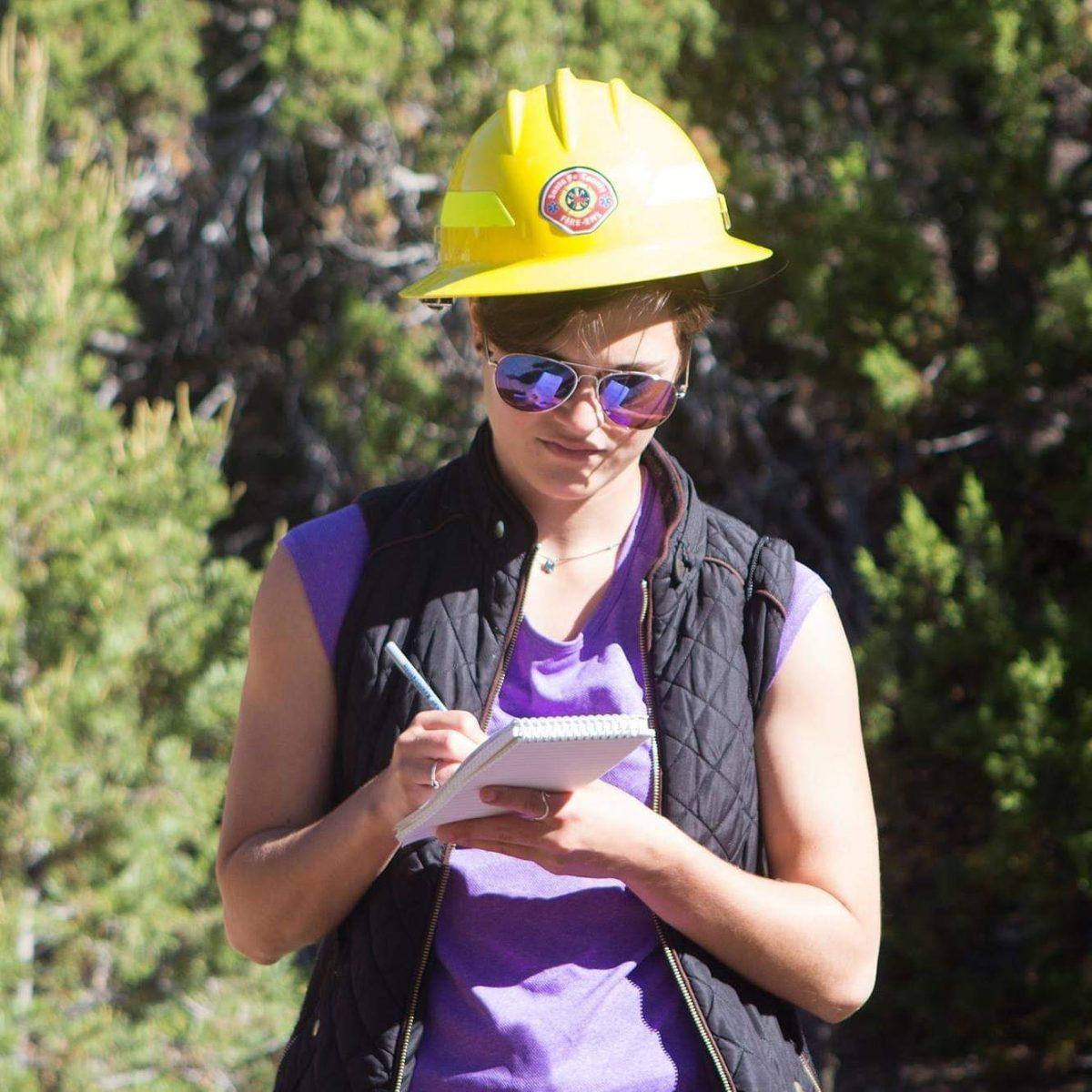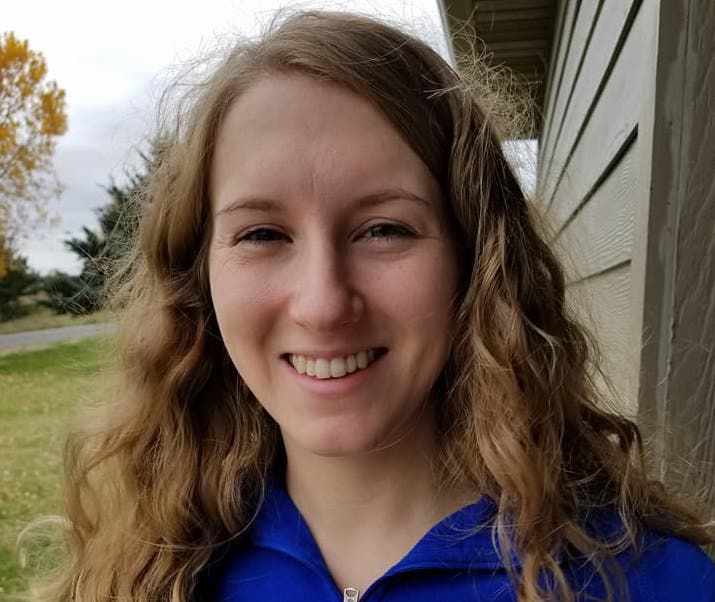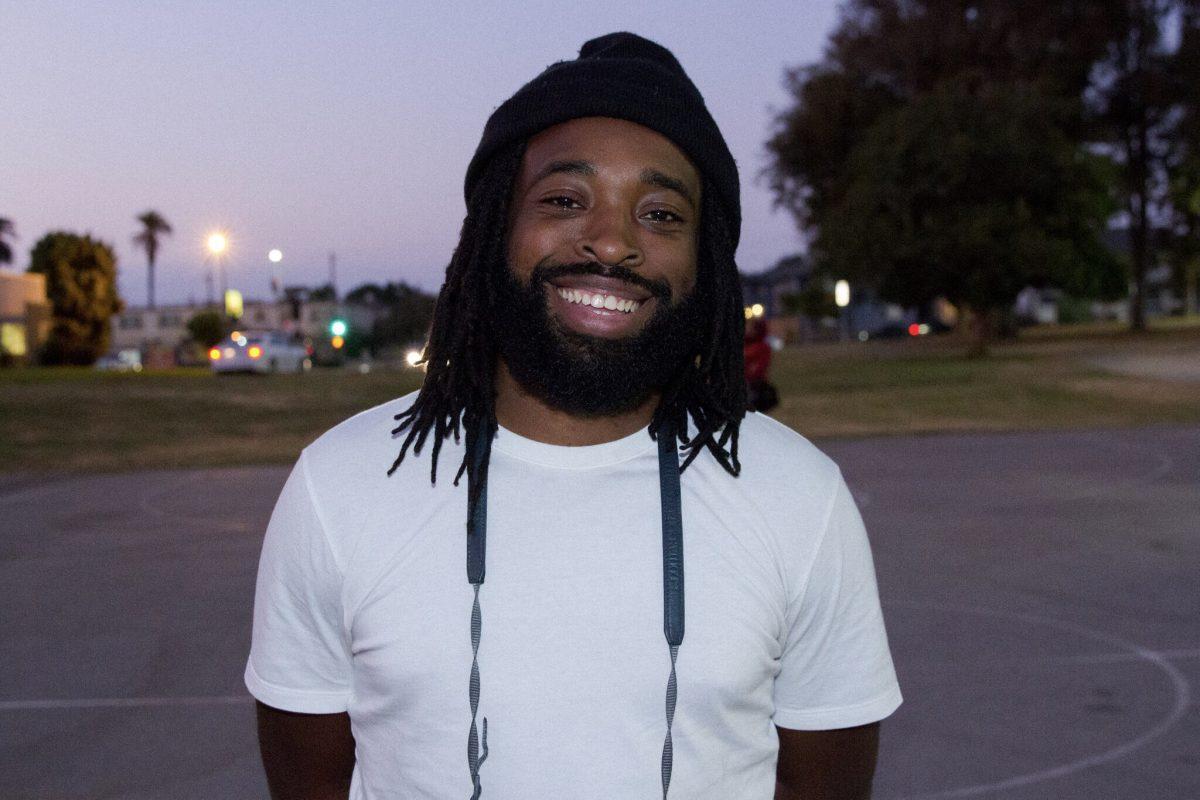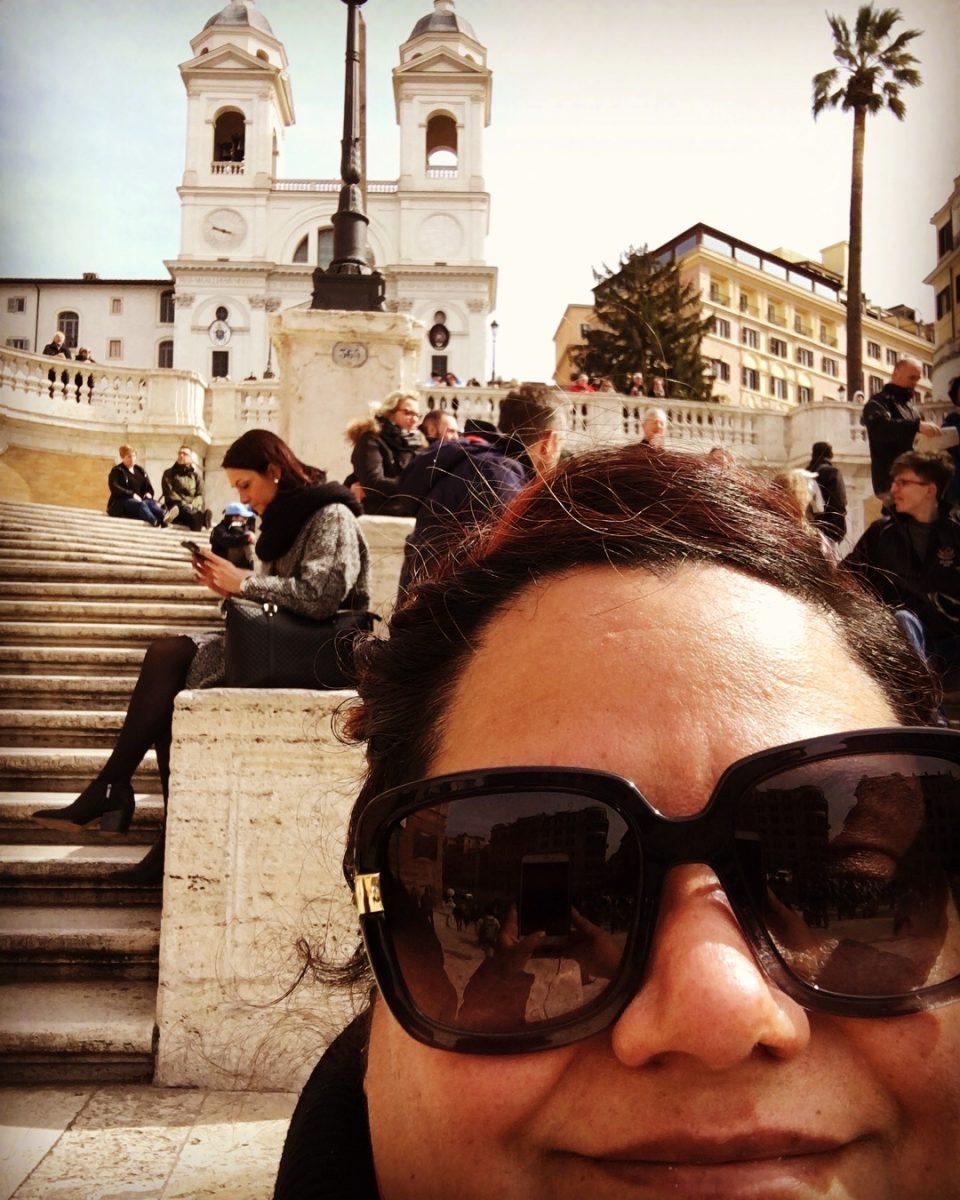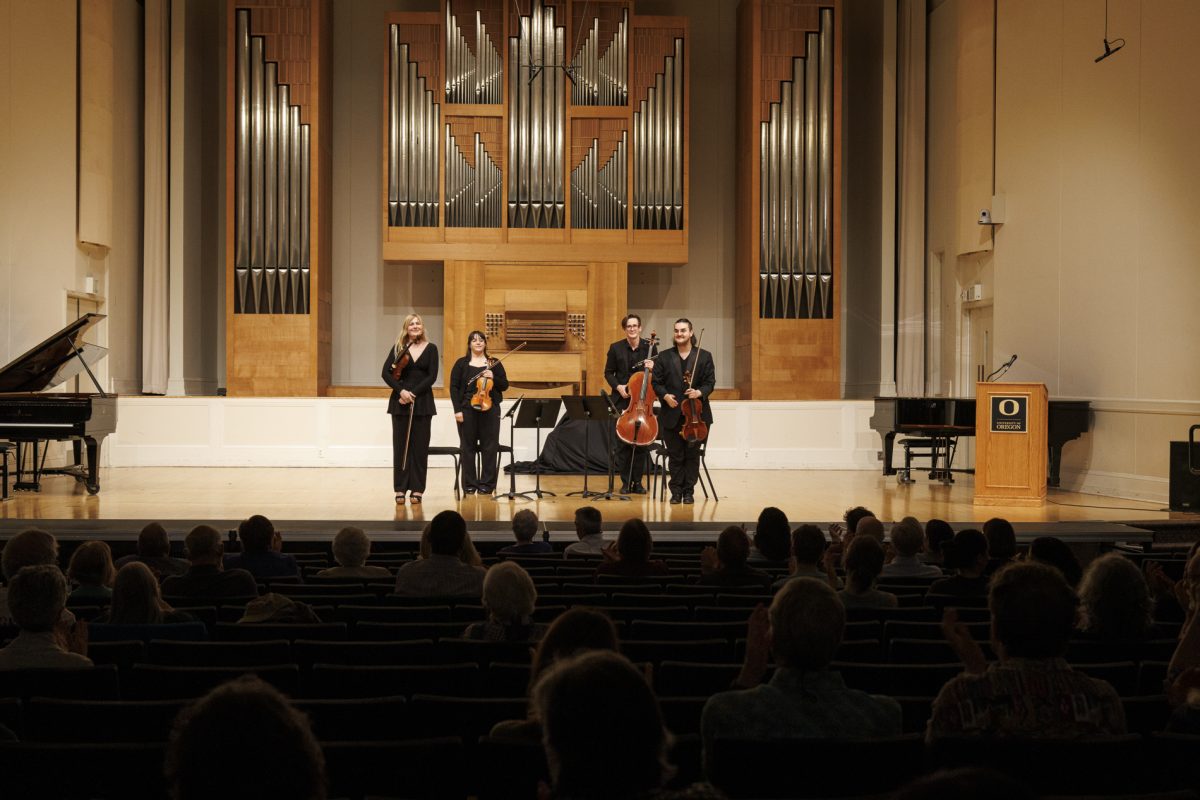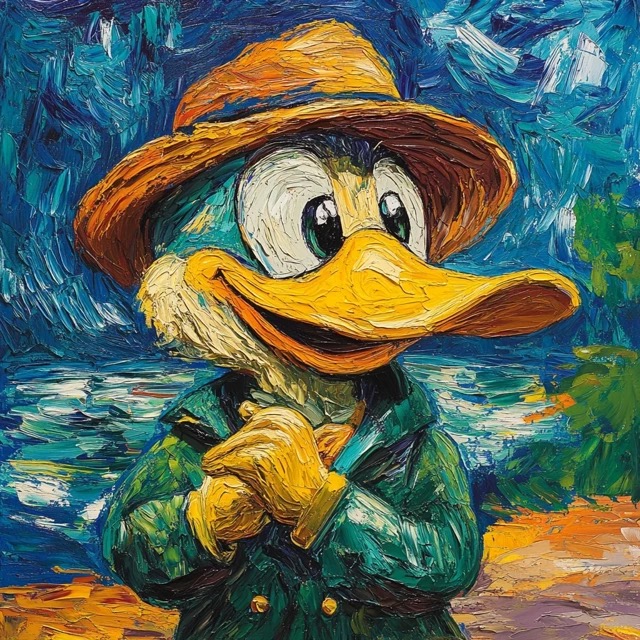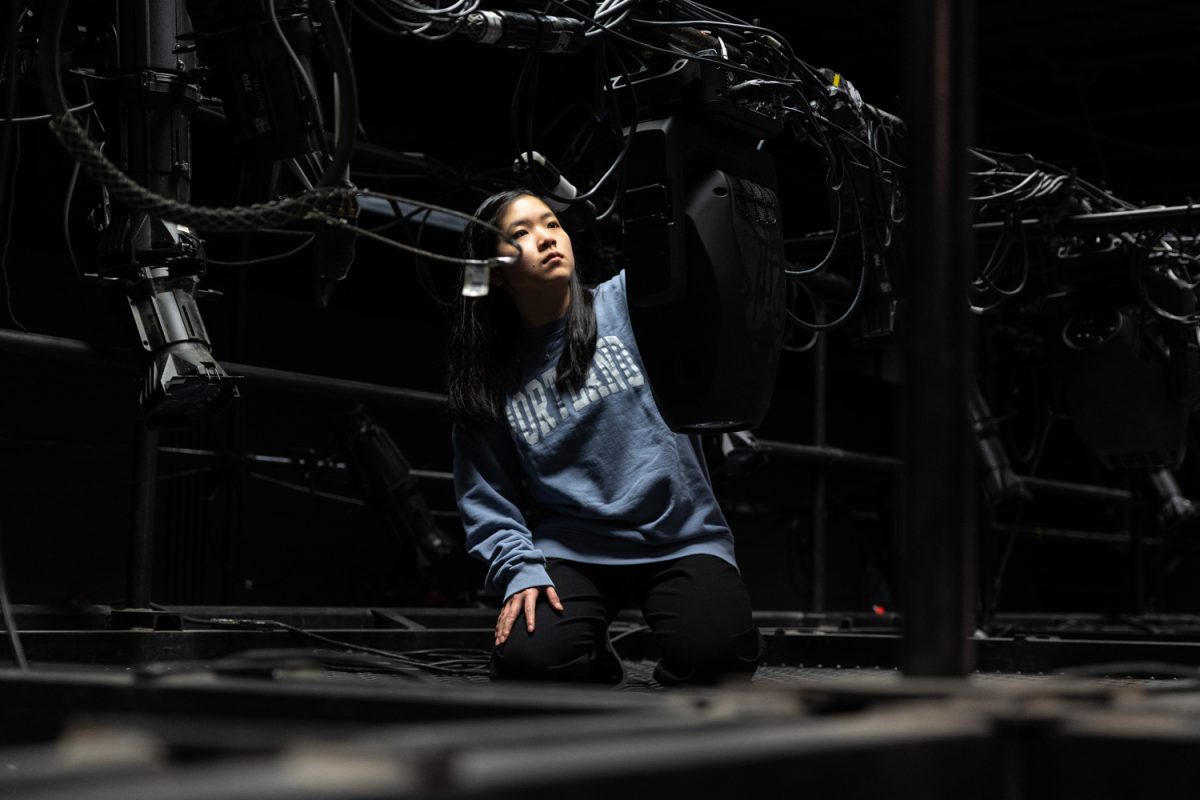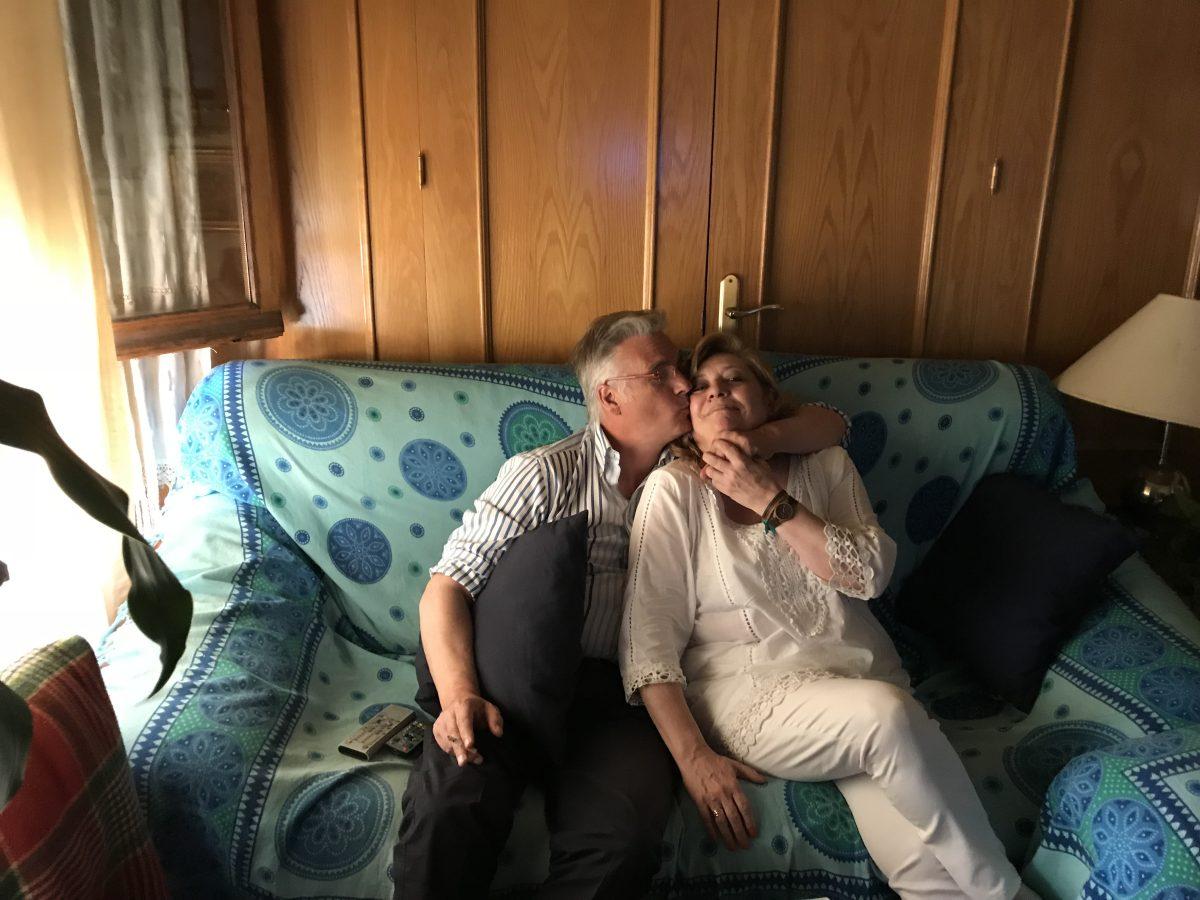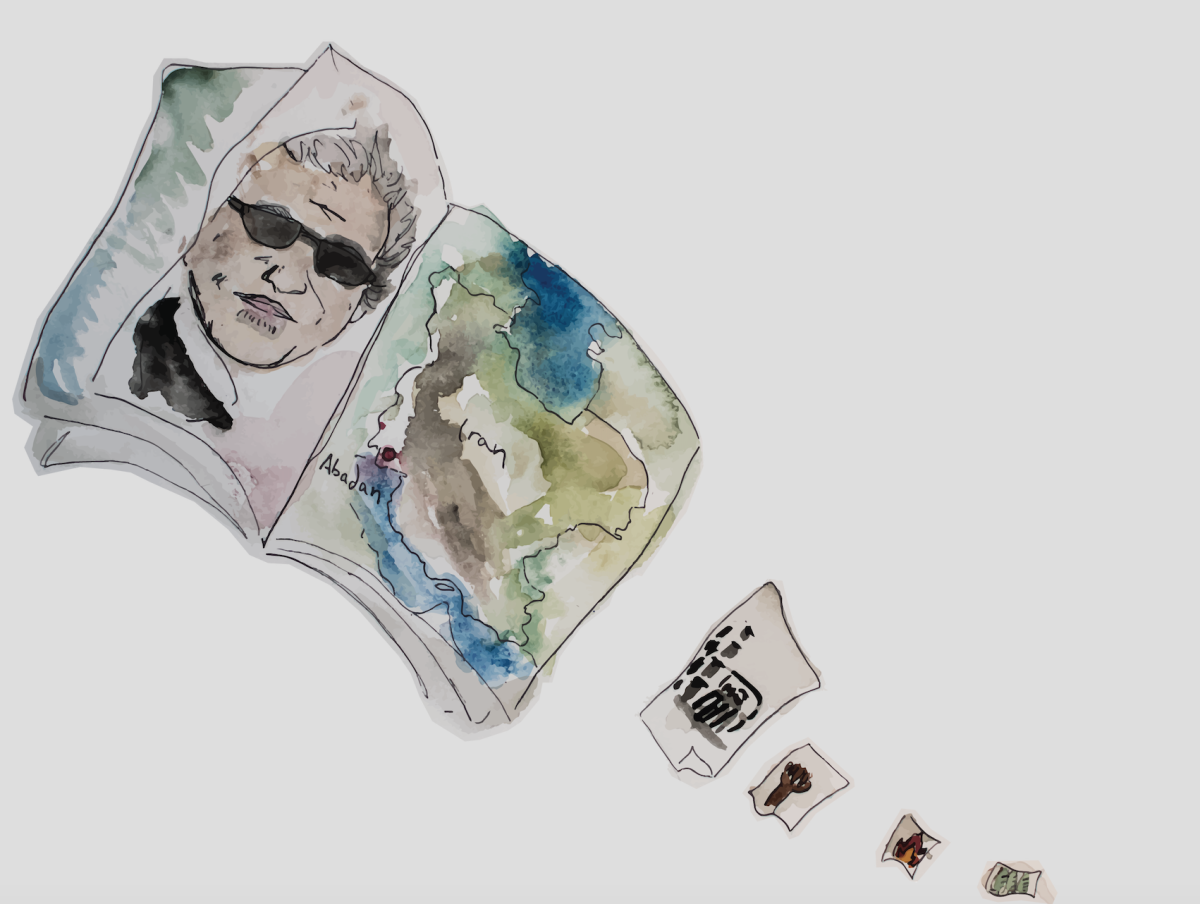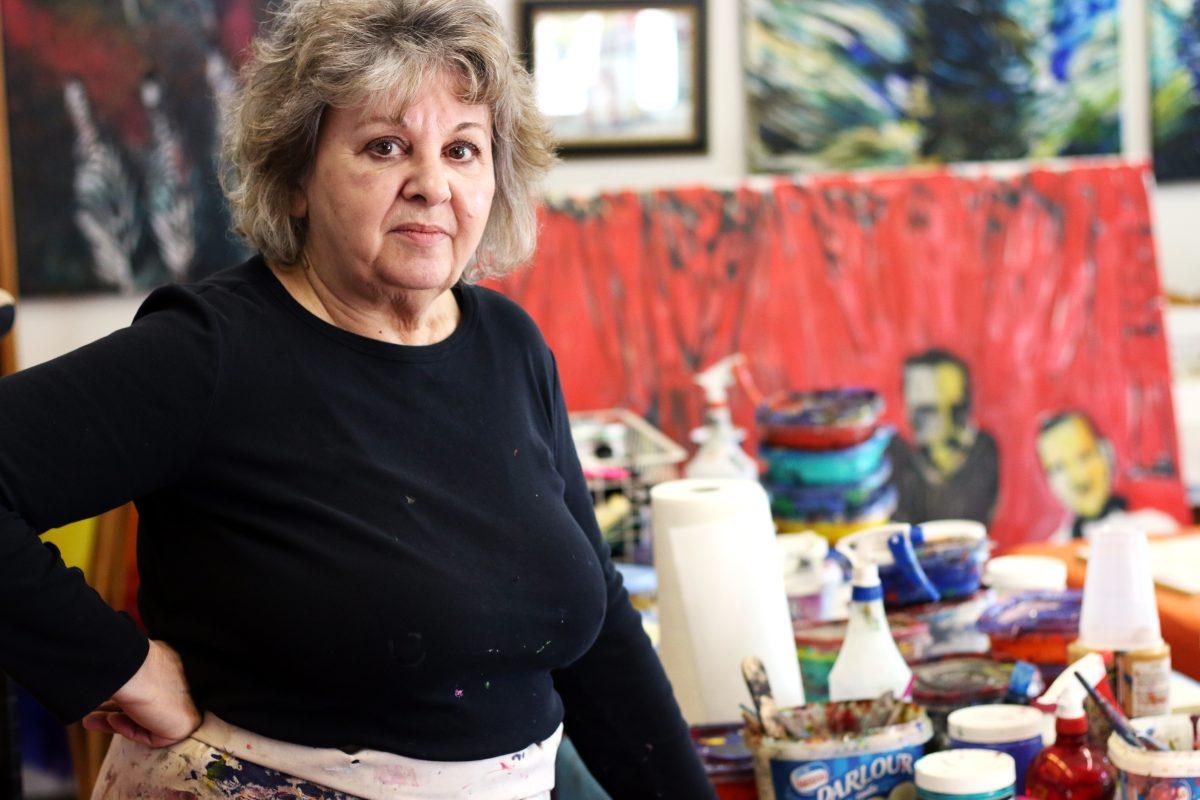Words by Iago Bojczuk, Photos by Will Nielsen
[dropcap]I[/dropcap]n recent months, Islamophobia and hate crimes against muslims in the United States have soared to their highest levels since the terrorist attack on the World Trade Center in New York City in 2001. Mosques across the country have been attacked, Muslim women wearing the hijab have suffered abuse, and the central text of Islam — the Qur’an,— has been defaced and ridiculed by many.
A recent exhibit at the Jordan Schnitzer Museum of Art (JSMA), however, presented a quite unusual approach to Allah’s words to humanity, revealing how the universal principles of Islam might be compelling to Americans who have never had contact with the religion beyond general media.
By juxtaposing images from American popular culture in relation to each sura — the name given to each chapter in the Qur’an — Birk’s attempt is not to illustrate Islam’s most sacred book; instead, in describing the 114 chapters of the Qur’an by hand using a type of contemporary calligraphy positioned with images, the artist’s intent is to demonstrate Islam’s universal message to humankind and how it relates to everyday life across the United States. The works display life in farms and war zones, as well as the dramatic relationship between American life and technology.
“The exhibit really reaffirmed my belief in the beauty and value of religion in our world. ”
Over the past year, the museum has scheduled three action teams to bring students, faculty, and community members together to learn about the project and brainstorm relevant programs. These groups included Muslim students and faculty who worked with the museum to create a series of public dialogues that would both present the diversity of Muslim experiences and perspectives, and give non-Muslims opportunities to learn more, ask questions, and build respect and friendship.
“When our Humanities Conversation program was cancelled due to funding, we turned to our Muslim student organizations, and they welcomed the chance to organize a program which they would share their experiences and responses to today’s political environment with both fellow Muslims and non-Muslims,” says Jill Hartz, executive director of the JSMA.
Birk, who is not a Muslim himself, said during a panel that American Qur’an was born out of a deep desire to understand the aftermath of 9/11. Taking nearly a decade to complete the project, Birk’s vision is not only to introduce Islam’s holy book to non-Muslim audiences, but also to value the richness of Islamic culture and religion around the world.
However, this exhibit is not taken without controversy. The project received negative reactions when it first started in Los Angeles and San Francisco. “Galleries got a handful of anonymous emails from people saying that Americans should not waste their time reading the Qur’an and we should not be teaching people about Islam,” says Birk.
For more conservative Muslims, the exhibit could be seen as problematic since the Qur’an is only considered holy when written in Arabic. It can even be considered a blasphemous act to include the depiction of human figures and “American way of life” in connection with the sacred texts. From this perspective, Birk’s art is cultural or religious appropriation.
But for Awab Rawi, a student from Baghdad, Iraq who is part of the Arab Student Union at the University of Oregon, the exhibit does a good job linking two seemingly distant cultures for people who do not have much background on Islam or the Qur’an.
“It is nice to show the Qur’an from a modern artistic angle,” he says “However, people who do not know much about Islam will not necessarily learn anything new just by looking at the show. So an extra artistic approach would be quoting specific verses from the Qur’an and quotes from Islam that reflect the values and nature of the religion and the adherent populations to it.”
Kearney Newman, a 20-year old student, decided to visit the American Qur’an exhibit in part because she had never seen or read the Qur’an and also because she was curious as to what exactly would make a religious text specifically “American.”
“I was really impressed by the artist’s attention to detail and his purposeful inclusion of a vast variety of regions in the U.S. as well as his representation of various day-to-day struggles and happenings that most Americans can relate to,” says Newman. “The exhibit really reaffirmed my belief in the beauty and value of religion in our world. ”
During his visit to the University of Oregon in October of last year, world-renowned religious scholar Reza Aslan spoke about religion, identity, and America’s future. A lot changed in the four months that followed his visit to Eugene: Trump was elected president of the United States, an entry ban was imposed on visitors from seven Muslim countries, and the JSMA brought the American Qur’an exhibit to campus. While somewhat controversial in form, this exhibit aims to provide a visual experience to bridge the relationship between East and West. As Aslan wrote on the diversity of this religion that has over a billion and a half followers: “Religion is water and culture is the vessel; Islam takes the shape for whatever culture it encounters.”
Kearney Newman and Awab Rawi examine one of the pieces of art held in the Jordan Schnitzer Museum of Art.


